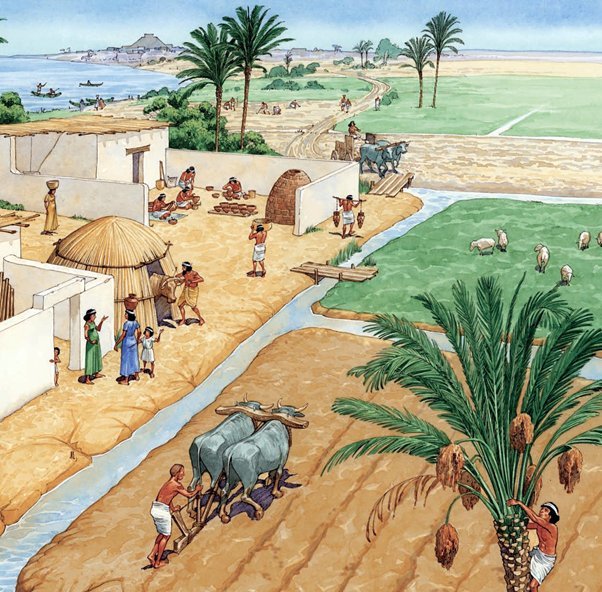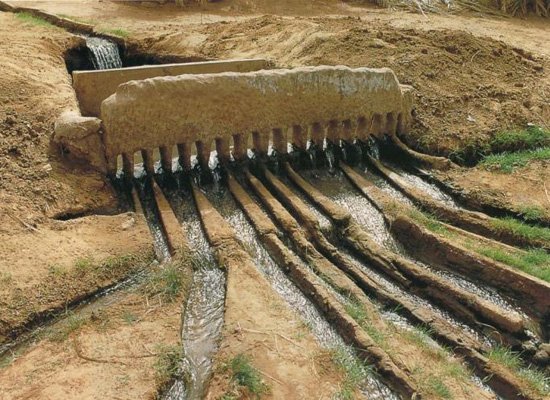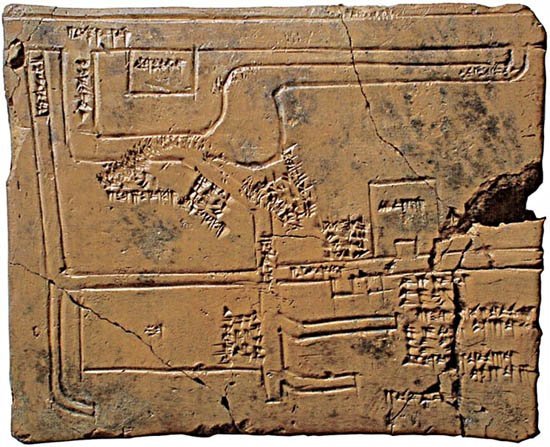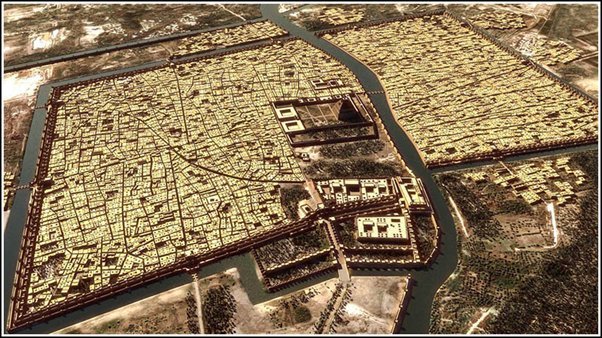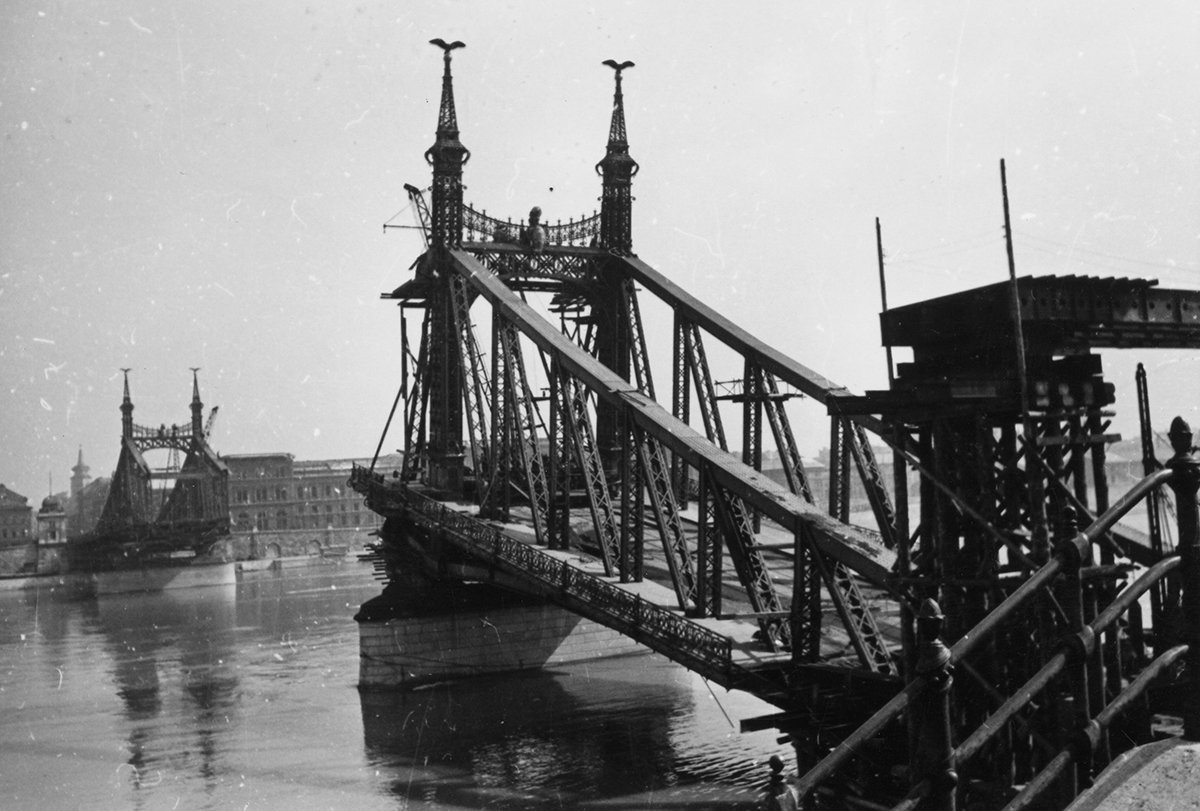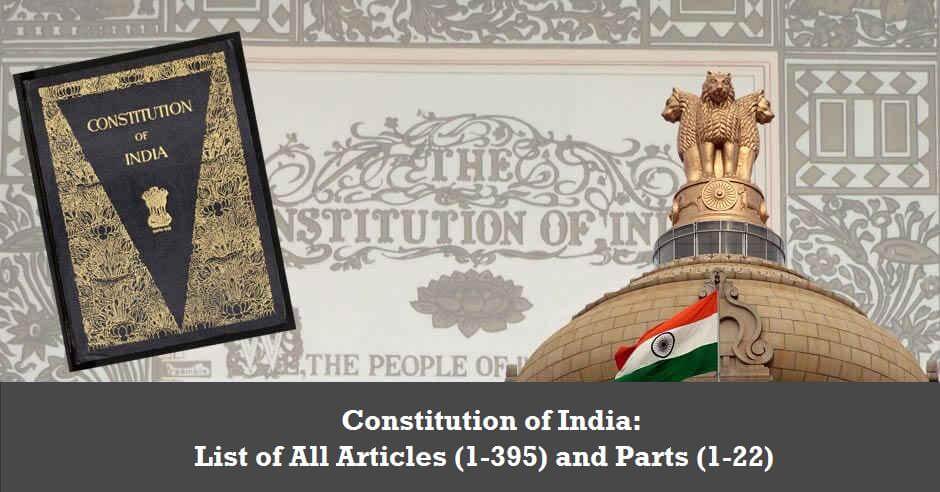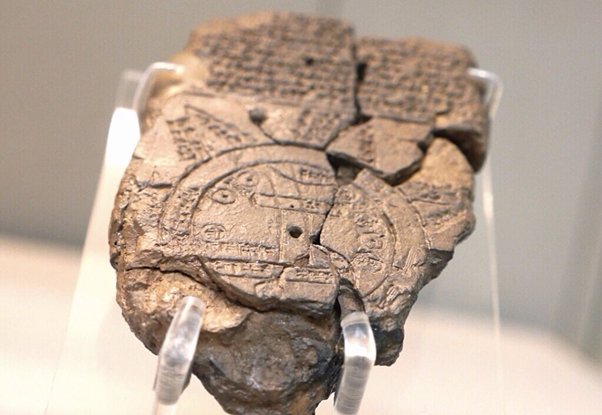
The people who inhabited the Euphrates and Tigris basins (modern-day Iraq) were fastidious record-keepers, and wrote their findings down in clay.
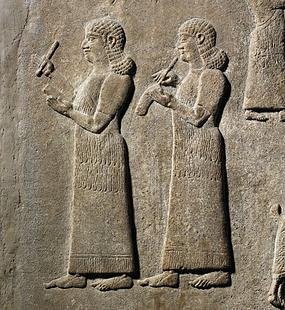
This clay tablet was discovered near the city of Kirkuk, Iraq, in 1930-31, and depicts a village.
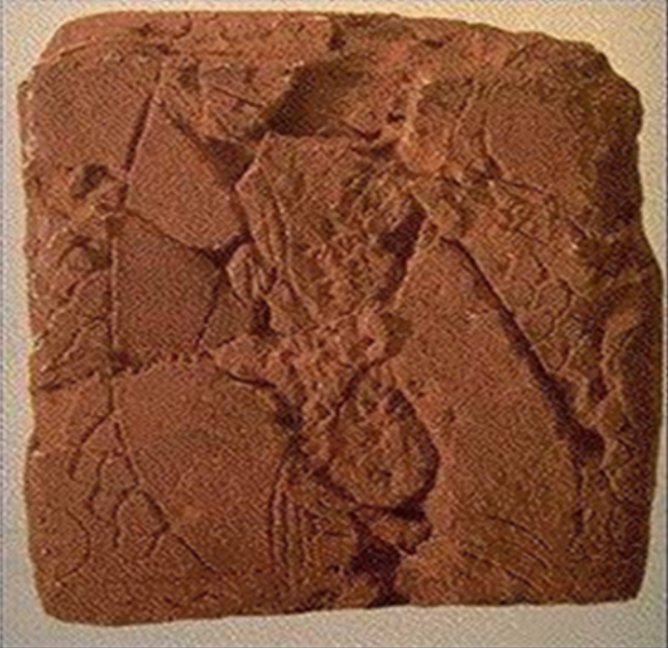
The exact purpose of the map is unclear, but it may have had a role in the administration of the empire.
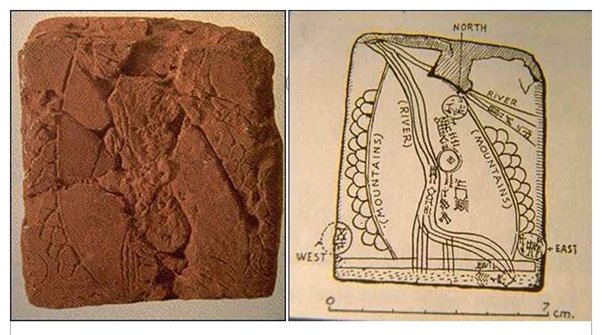
It shows the world as a disc, surrounded by a ring of water called the "Bitter River".
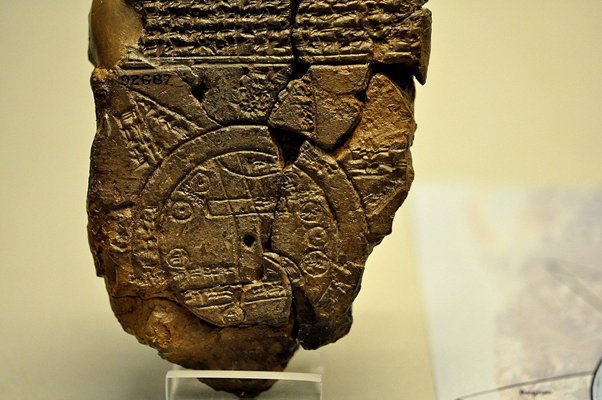
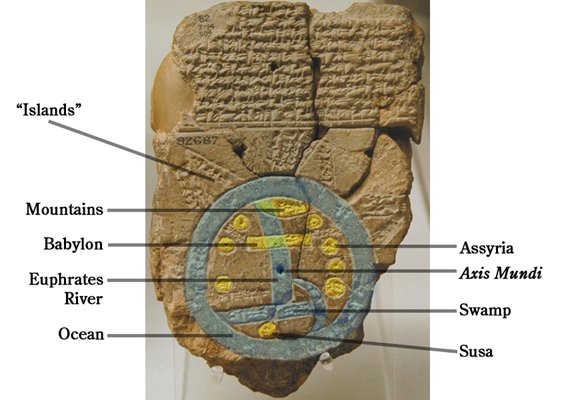
(It's hard to say whether Babylonians knew about lands like Britain & Scandinavia, or just inferred their existence)
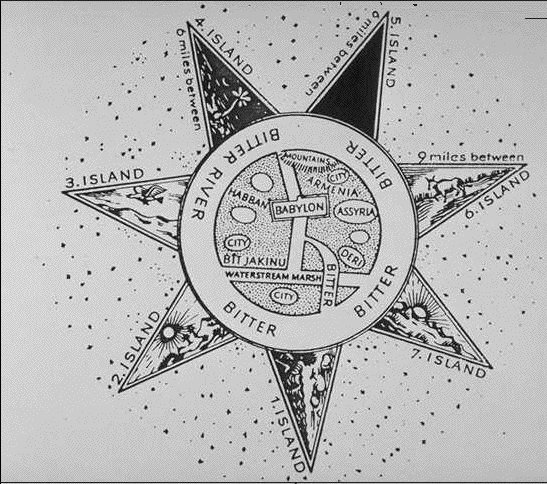
"ruined cities… the ruined gods… in the midst of the sea… serpent, great dragon… scorpion-man… mountain-goat, gazelle, zebu, leopard, bison… lion, wolf, stag and hyena"
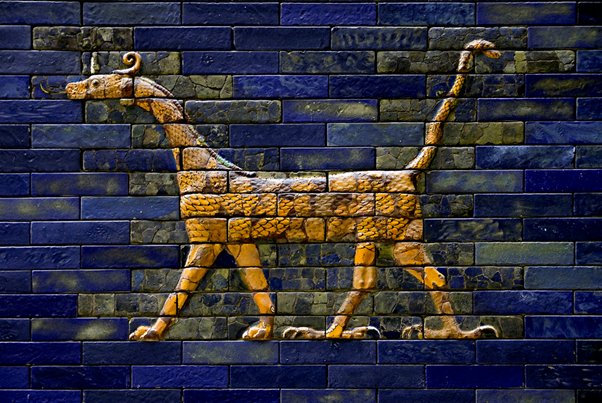
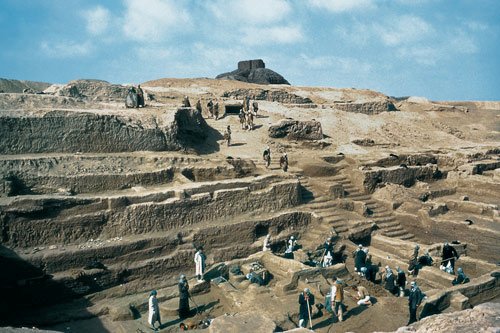
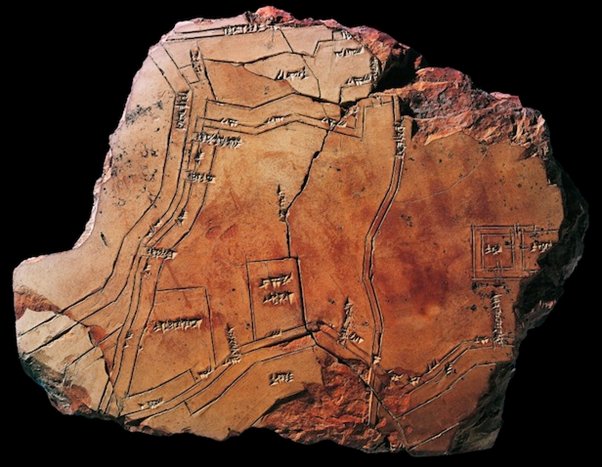
The attention to detail around walls and fortifications suggests it may have been used in extending or repairing the fortifications.
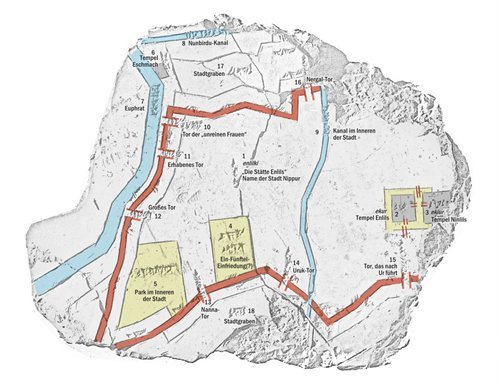
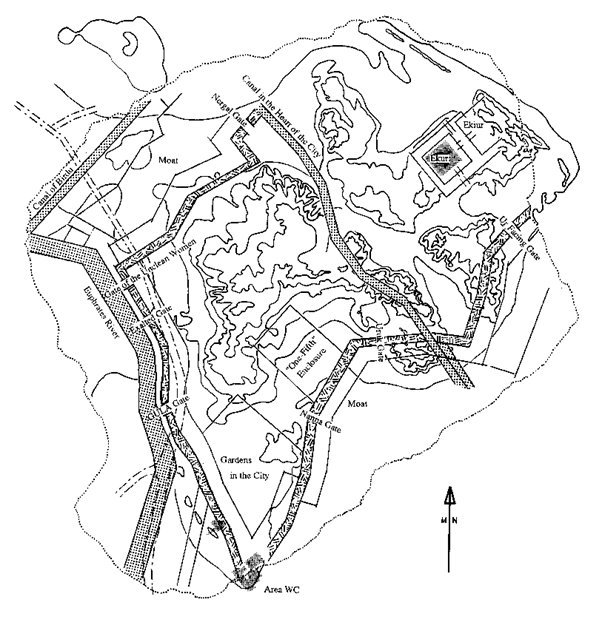
The map shows how closely the empire was administered from the central seats of authority.
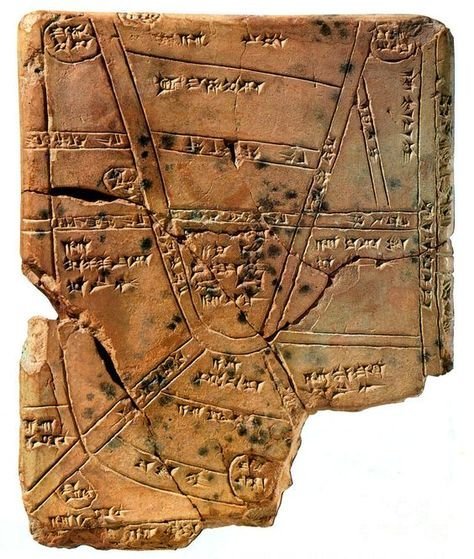
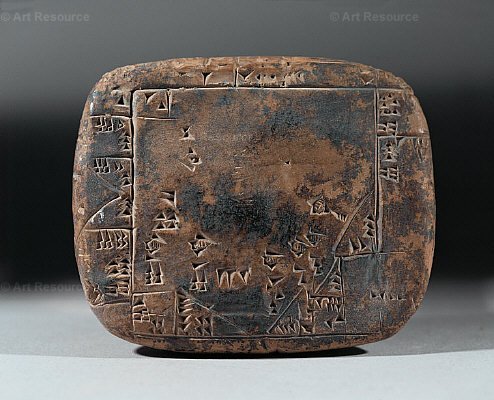
Mesopotamians were expert engineers of canals and irrigation systems.
